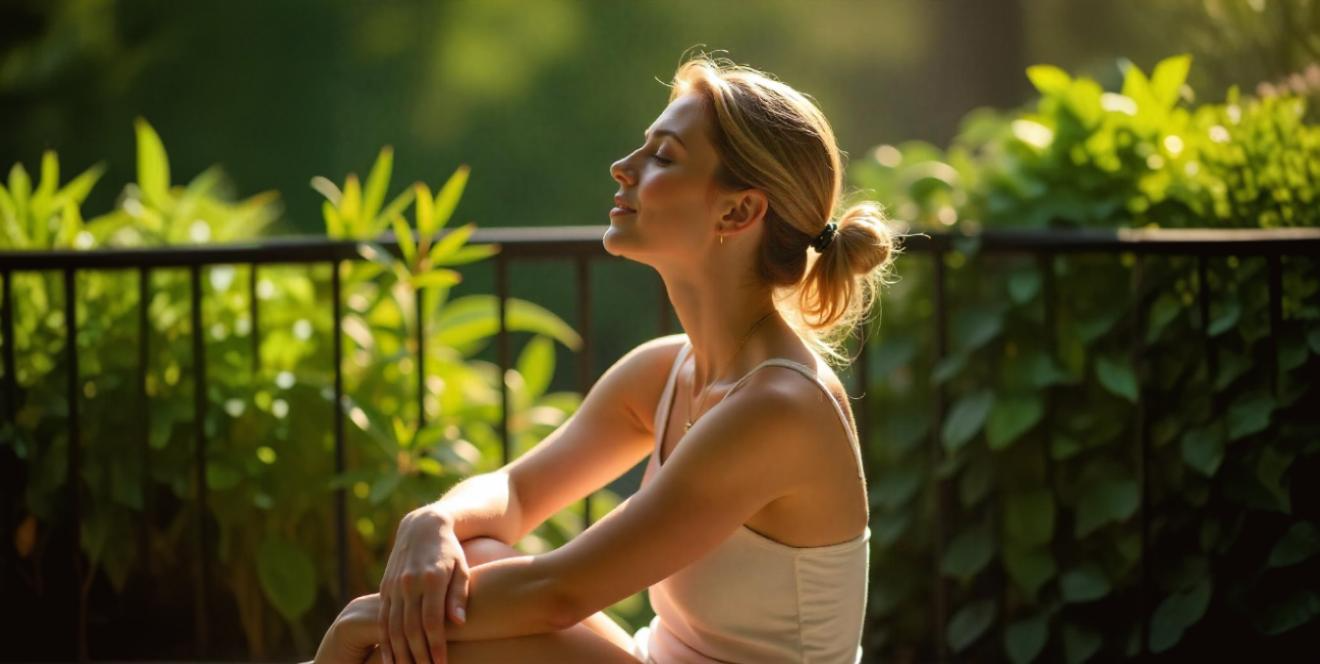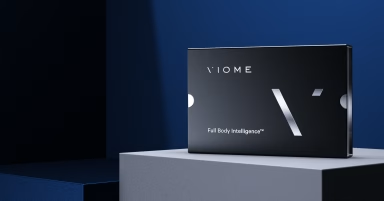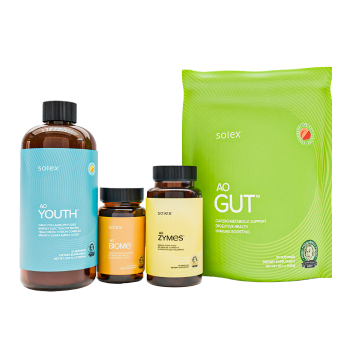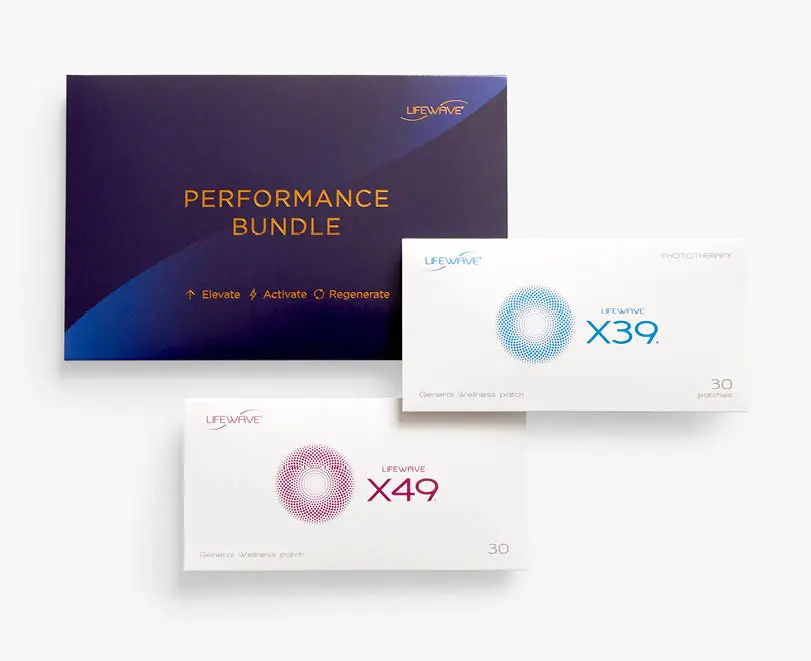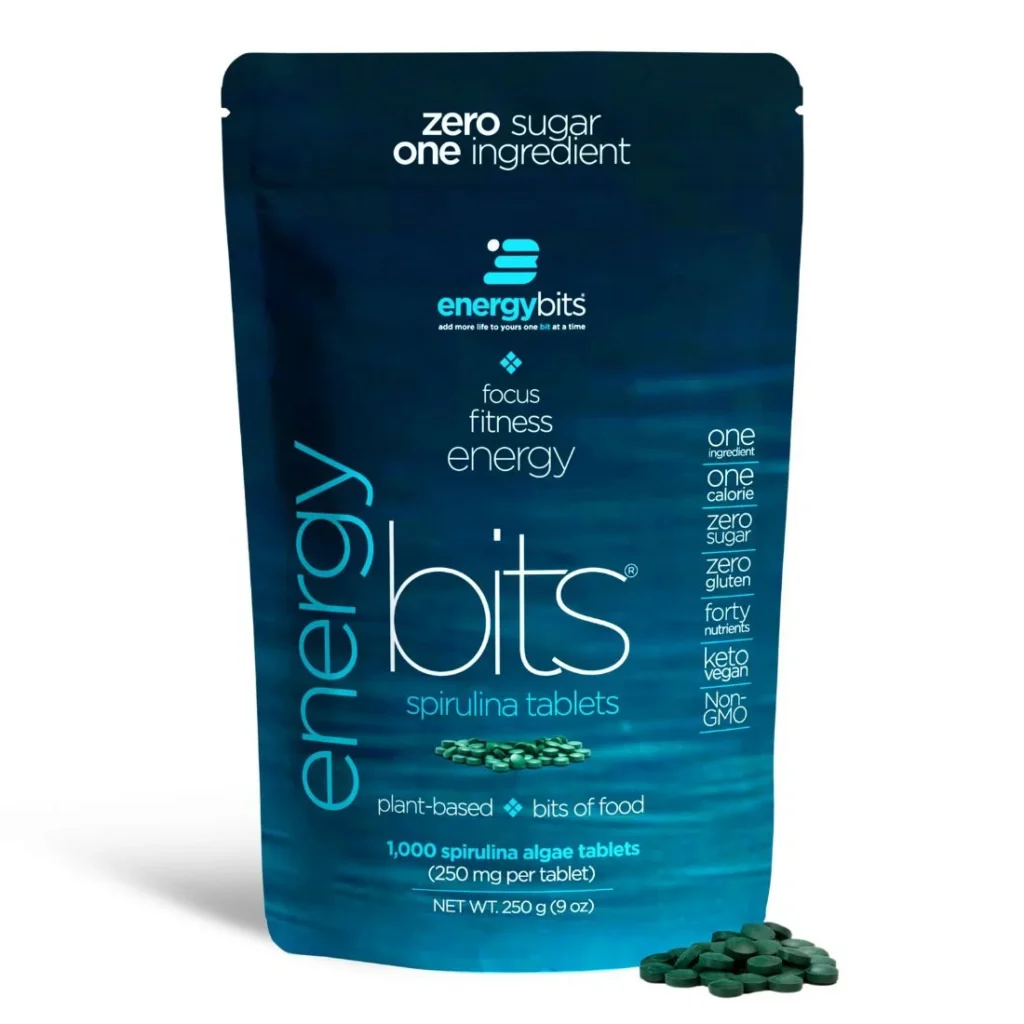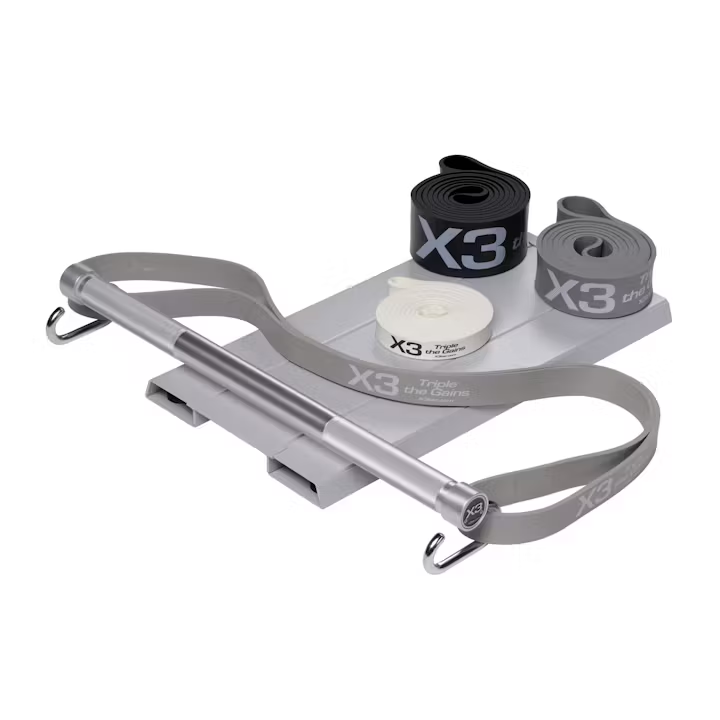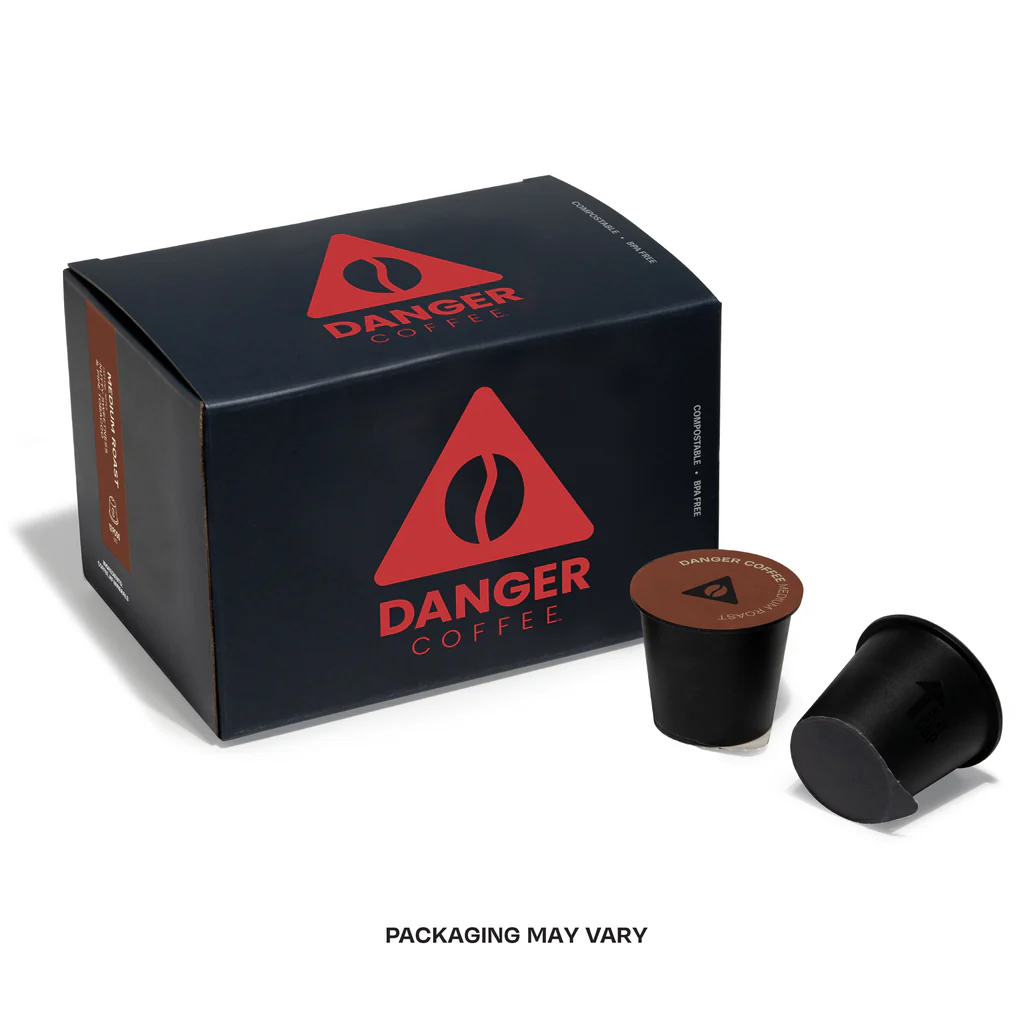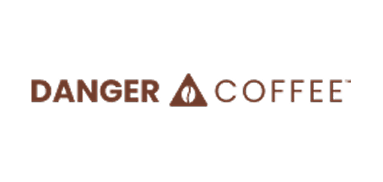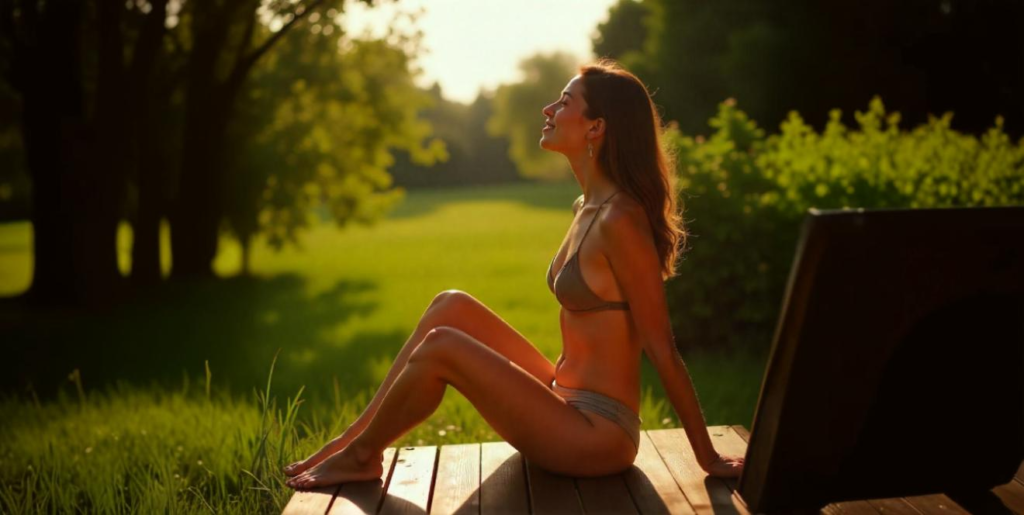
Vitamin D is essential for immune health, bone strength, and mood regulation—yet nearly 42% of adults are deficient (Source: NIH). While supplements are common, nature provides a free, effective solution: sunlight and smart dietary tweaks.
Here’s how to naturally boost your vitamin D levels without breaking the bank.

The 10-Minute Sun Session: Optimize UV Exposure
Why it works: Your skin produces vitamin D when exposed to UVB rays—but timing and skin exposure matter.
Key Hack:
- Expose 40% of your skin (arms, legs, back) for 10–30 minutes daily between 10 AM–2 PM (peak UVB hours).
- Fair skin? 10–15 minutes may suffice.
- Darker skin? Aim for 20–30 minutes (melanin reduces UV absorption).
- Fair skin? 10–15 minutes may suffice.
Pro Tip: Use free apps like Dminder to track safe sun exposure based on your location and skin type.
Science Backing It: Studies confirm that brief, direct sunlight can generate 10,000–20,000 IU of vitamin D (Source: Journal of Pharmacology & Pharmacotherapeutics).
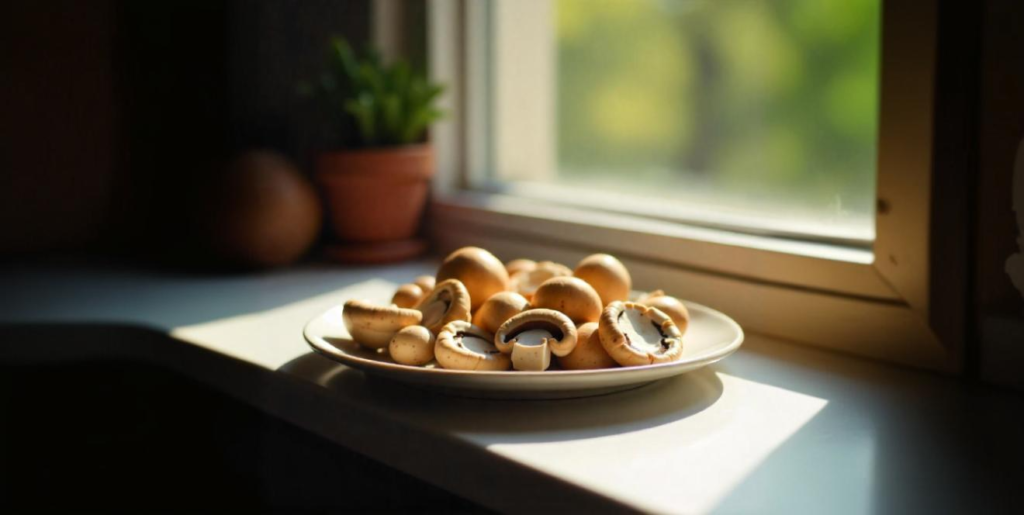
The Mushroom Hack: Supercharge Your Diet
Why it works: Like humans, mushrooms synthesize vitamin D when exposed to UV light.
Key Hack:
- Place sliced mushrooms (shiitake, portobello, or white button) on a sunny windowsill for 30–60 minutes.
This boosts their vitamin D content by up to 100%—great for soups, salads, or stir-fries.
Bonus: Canned mushrooms lose vitamin D, so always choose fresh + sun-treated.
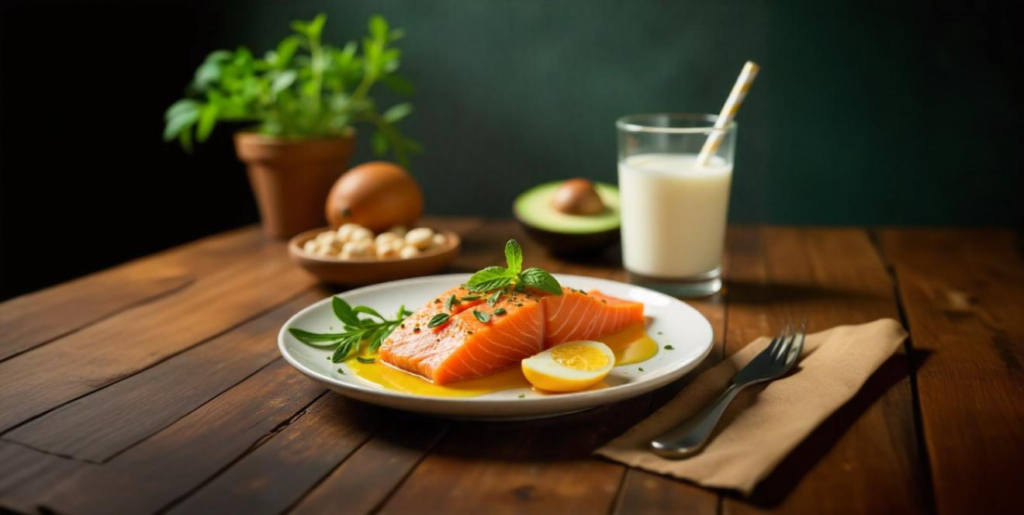
Dietary Tweaks: Eat for Better Absorption
Since vitamin D is fat-soluble, pairing it with healthy fats maximizes absorption.
Best Food Combos:
- Fatty fish (salmon, sardines, mackerel) + olive oil
- Egg yolks + avocado
Fortified dairy/plant milk + nuts/seeds
Avoid: Excessive caffeine/alcohol—they can impair vitamin D metabolism.

Avoid Common Pitfalls
- Sunscreen overuse: While SPF prevents burns, it also blocks UVB rays. Get bare-skin exposure first, then apply sunscreen.
- Winter/latitude issues: If you live far from the equator, consider UV lamps (safe, affordable alternatives).
Cloudy days? Even overcast skies provide some UVB—just extend exposure slightly.
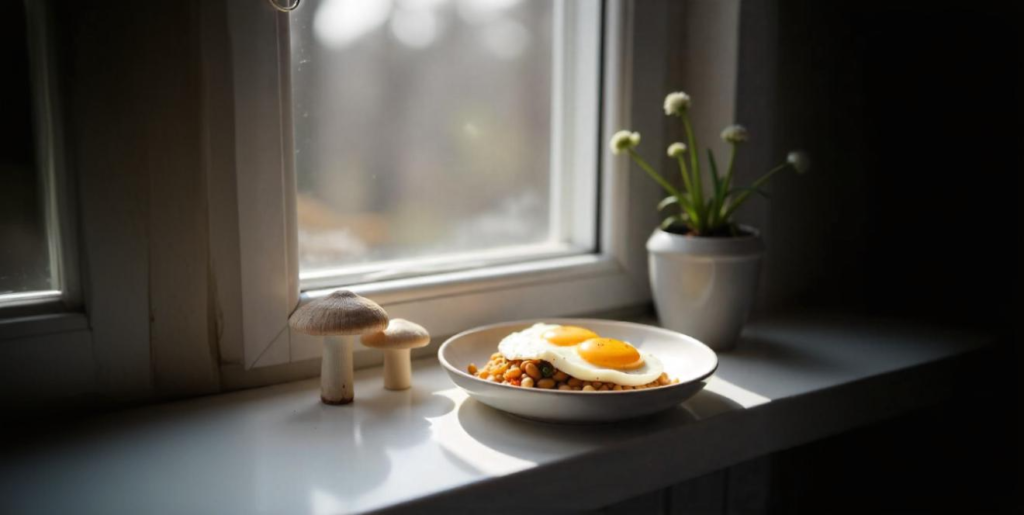
Final Thoughts
Vitamin D deficiency doesn’t require expensive fixes. With smart sun habits, UV-treated mushrooms, and vitamin D-friendly meals, you can maintain optimal levels naturally.For those needing personalized , a professional can help tailor a plan to your lifestyle and location.
Want to explore more wellness strategies? Check out additional resources here.

